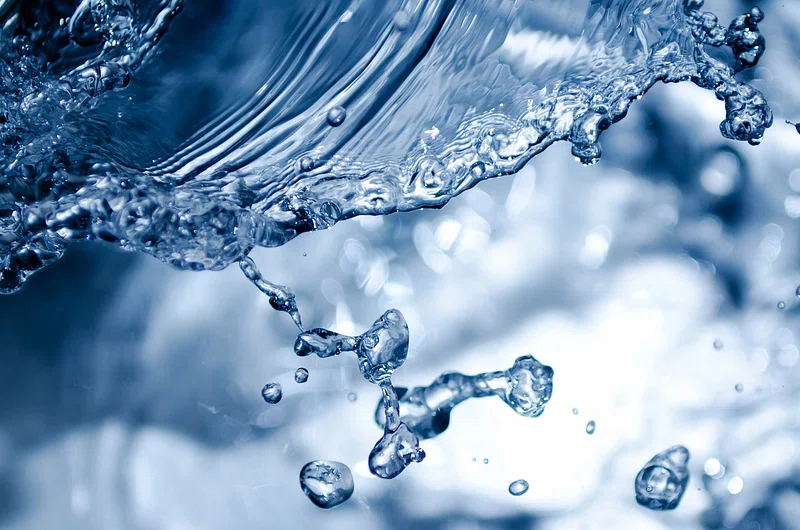Last Updated on March 26, 2024 by Faisal Khan
Have you ever been outside by a pool in the summer and caught the scent of that acrid, harsh, chemical smell? You may be familiar with it as the classic “chlorine” odor.
Sometimes, you may get a whiff of it in drinking water, too. But why is it in there, is it safe, and can it be removed prior to drinking or cooking?
Here’s what you need to know.
Why Are Chlorine and Chloramines Added to Water Supplies?
Chlorine is added to some public water supples – such as drinking water – in a process known as chlorination. Chlorine is toxic to microbes and helps kill common bacteria such as Salmonella and Campylobacter. Chlorine can also destroy certain viruses such as norovirus.
Chloramines, which are a compound formed of chlorine and ammonia, and which have a characteristic pungent smell, are also sometimes added to public water supplies. The process which is called chloramination has the same purpose as chlorination; to disinfect the water.
Both are commonly used in public water supplies, but some providers are switching over to chloramines because they continue to disinfect longer in the water, whereas chlorine rapidly breaks down.
Are Chlorine and Chloramines Safe?
When administered to the water in a fashion consistent with applicable legal regulations, both chlorine and chloramines in drinking water are no cause for concern.
The EPA defines the safe level for both chlorine and chloramine concentration in drinking water as 4mg/l. At these levels, both chlorine and chloramines are considered safe for human consumption and should not cause any health concerns.
In fact, these chemicals are beneficial because they help prevent disease outbreaks by killing the pathogens responsible for them.
However, it should also be noted that both chlorine and chloramine are toxic to certain pets (particularly aquatic pets and animals such as amphibians that absorb water directly into the blood through the skin). Use a chlorine or chloramine removal agent prior to offering chlorinated or chloraminated water to reptiles, fish, or amphibians.
Safe, but Unpleasant: The Flipside
While both chlorine and chloramines are not considered harmful to human health at the concentrations established by the EPA (above), both of them can potentially lend an unpleasant taste and odor to the water that some find disagreeable.
Fortunately, there are things you can do about it.
What You Can Do: Utilize a Water Filtration System with Everpure H54 Cartridges
One of the most effective ways to remove the chlorine taste and odor from your drinking water is to use a drinking water system that is rated for this application, such as one that takes Everpure H54 cartridges.
Everpure H54 cartridges satisfy NSF Standard 42 for aesthetic effects and the removal of chlorine. They’re capable of reducing chlorine concentrations by more than 50% with an average reduction of 96.8%.
They can also reduce turbidity, remove lead (per NSF Standard 53) and microbial cysts, and restore clarity for high water quality.
For more information on Everpure H-54 cartridges and water filter systems (or to buy replacement cartridges), visit efilters.net via the previous link.

